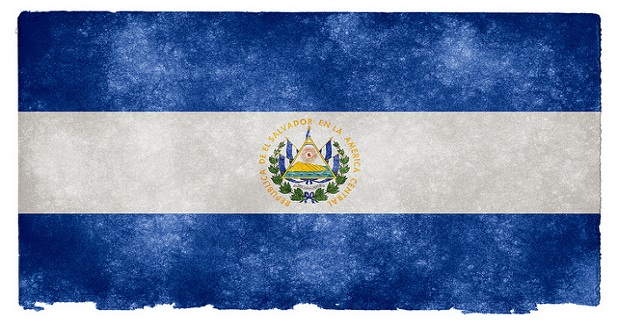
Rural Salvadorans Reviving Chocolate Production
August 24, 2015
In an effort to revive cacao production in El Salvador, the Alianza Cacao Alliance took shape late last year.
The alliance brought together cooperatives and farmers from different regions, including rural townsfolk who have been struggling to make a living.
It has received 25 million dollars in support. Of that, 20 million came from the U.S. Agency for International Development (USAID) as well as the Howard G. Buffett Foundation. The rest was generated from local sources.
The goals of the alliance are to promote sustainable development, promote women’s participation, generate more income for cacao growing families, and teach local children and people the importance of cacao in their history, culture, and economy.
Nearly 40% of El Salvador’s population lives in rural areas, and of them, nearly half are living in poverty. The effects of El Niño – a cyclical climate phenomenon that affects weather patterns around the world – have multiplied problems for rural farmers, as coffee rust and effects on corn and beans have hurt 400,000 small farmers.
Caluco is a town consisting of 10,000 people located in western El Salvador, is one town where cacao beans are being crafted into hand-made organic chocolates as part of the Alianza Alliance. Since the cooperative was founded, one aim has been to increase women’s participation.
A group of ten women in Caluco gather together at what they call a “processing centre” to work on making their hand-made, organic chocolates. They take the cacao and grind it into a paste, then shape it into stars, bells, or rectangles and package them for sale.
Dissolved in boiling water, the chocolate paste can also be used to make one of El Salvador’s favorite beverages, hot chocolate. Although present-day El Salvador has few cacao plantations left due to pest and disease outbreaks, hot chocolate remains a popular traditional drink, and has been imported in recent years.
Over the next five years, the Alianza Cacao aims to generate incomes for 10,000 cacao growing families in 87 of the country’s 262 municipalities, with 10,000 hectares planted in the crop. The idea is to generate some 27,000 direct and indirect jobs.
The alliance hopes to produce 500kg of cacao per month, once it peaks in production. To achieve that goal, they’ll likely need to move toward making bars on a more industrial scale, rather than by hand.

In 201 Fun Chocolate Facts and Chocolate Trivia Quiz you get all the facts and chocolate trivia questions to stump your friends!
CLICK HERE to get it from Amazon.
Photo: "El Salvador Grunge Flag" by Nicolas Raymond is licensed under CC BY 2.0/ cropped from original
- Super-Dad Writes To Cadbury About Chocolate - October 30, 2015
- Dark Chocolate Covered Frightened Pretzels Recipe - October 28, 2015
- Will It Chocolate? Funny Video Friday! - October 23, 2015



Very interesting to hear of USAID’s involvement in El Saladore. I witnessed what USAID has done for the cacao industry in Peru and it is truly remarkable how it has transformed the lives of the farmers. Well done, USAID!